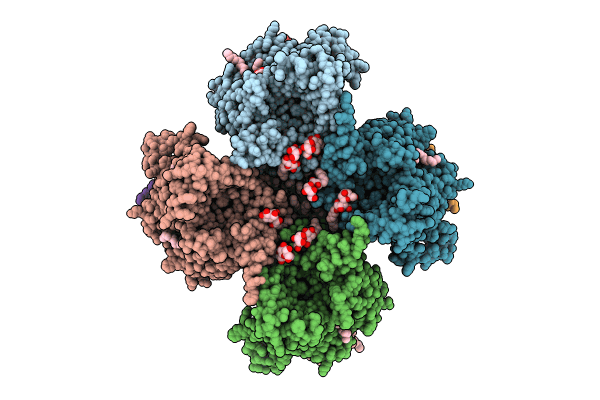
Deposition Date
2023-05-17
Release Date
2024-05-22
Last Version Date
2025-03-12
Entry Detail
Biological Source:
Source Organism:
Streptococcus thermophilus LMG 18311 (Taxon ID: 264199)
Host Organism:
Method Details:
Experimental Method:
Resolution:
3.50 Å
Aggregation State:
PARTICLE
Reconstruction Method:
SINGLE PARTICLE


